Homunculi, Jun 4 – Jul 11, 2010
Past: 55 Chrystie St
Installation view, Homunculi, Canada, New York, 2010
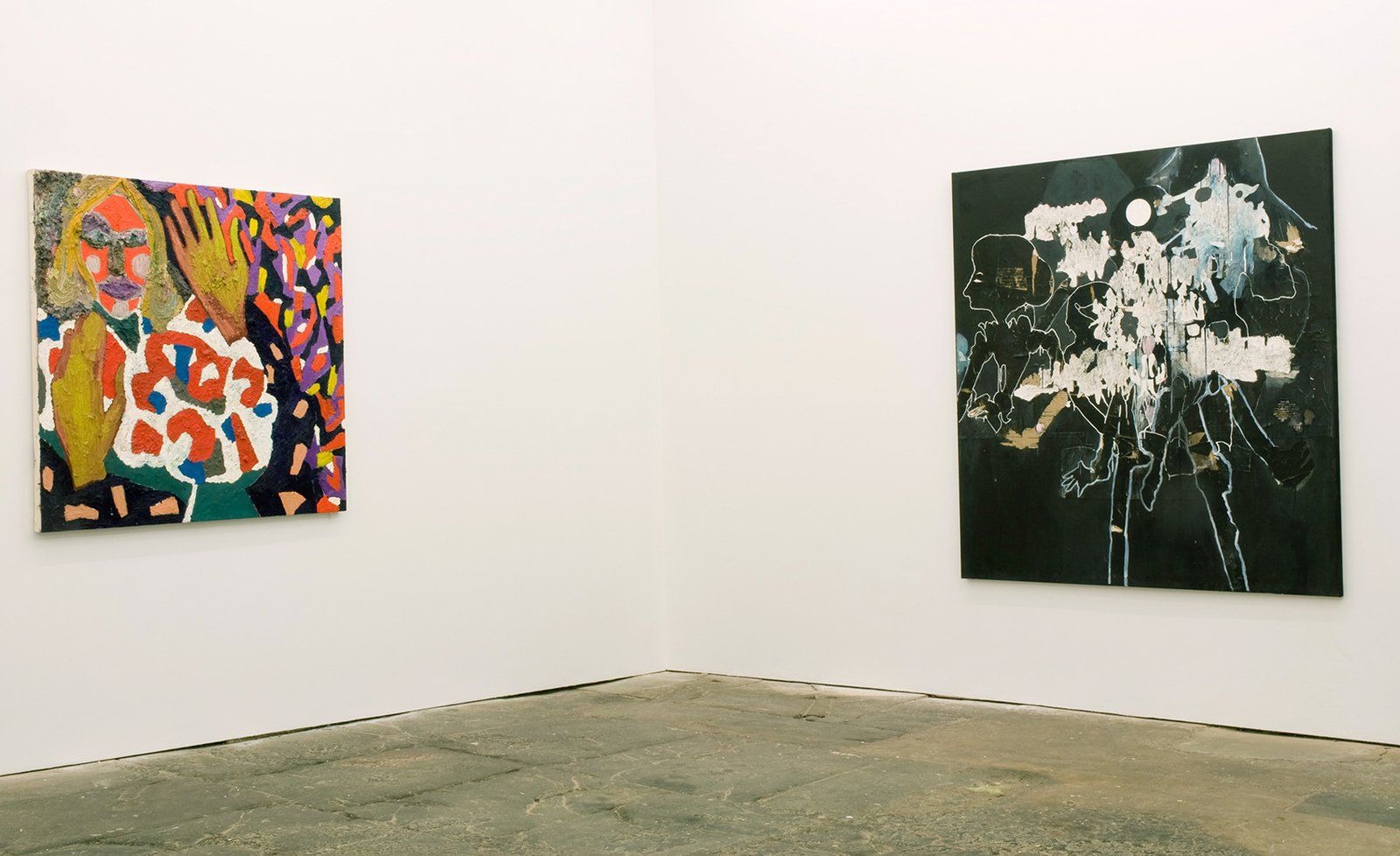
Installation view, Homunculi, Canada, New York, 2010
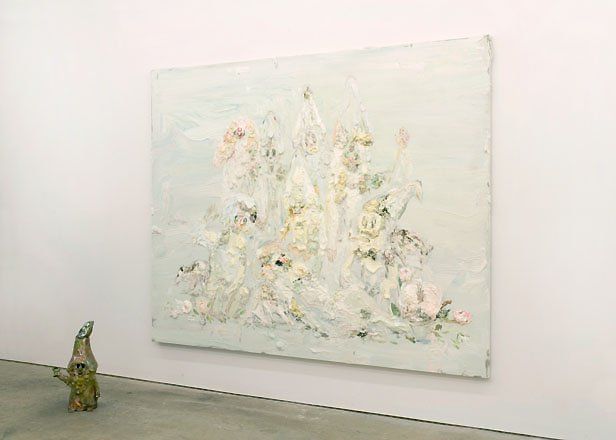
Installation view, Homunculi, Canada, New York, 2010
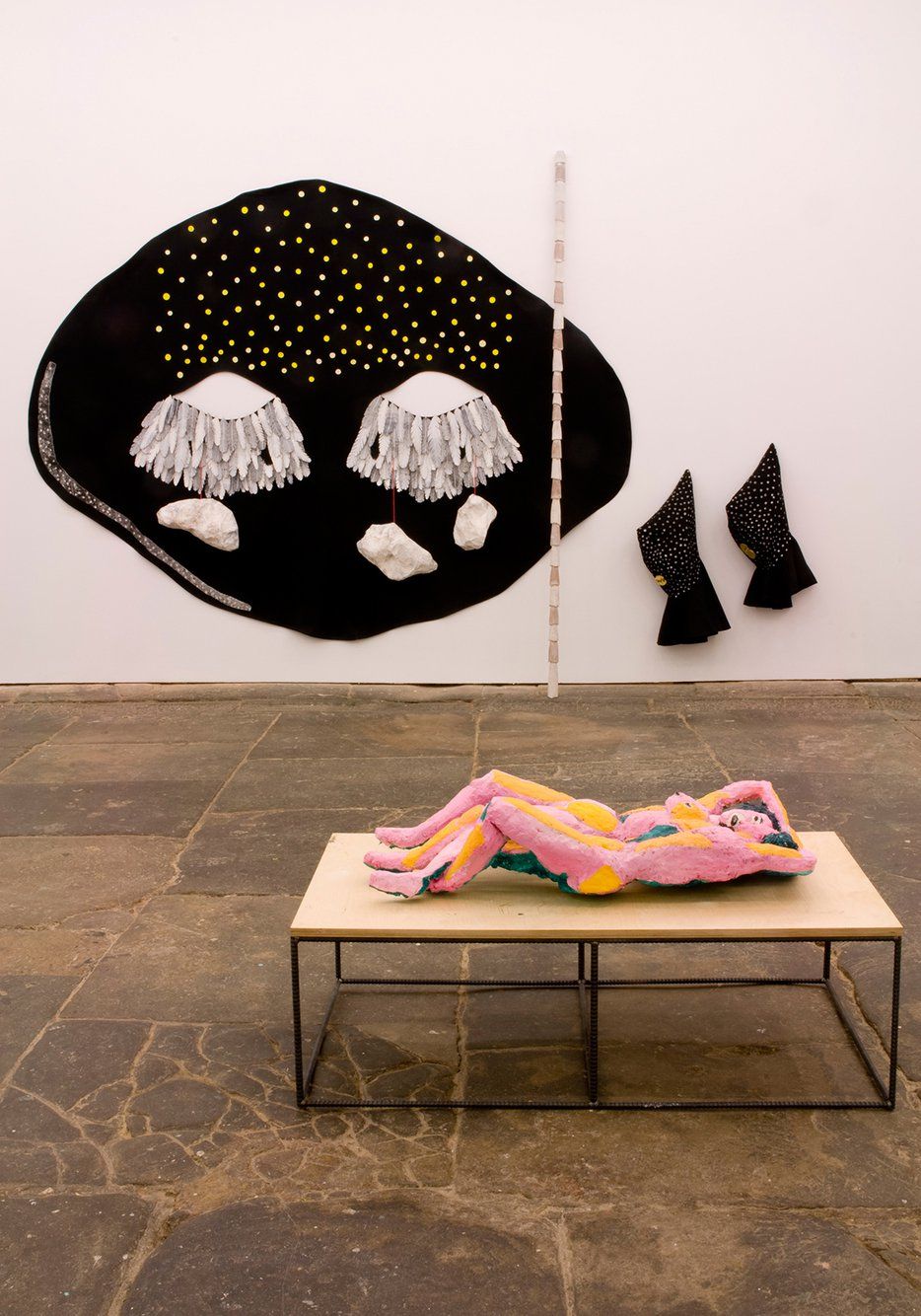
Installation view, Homunculi, Canada, New York, 2010
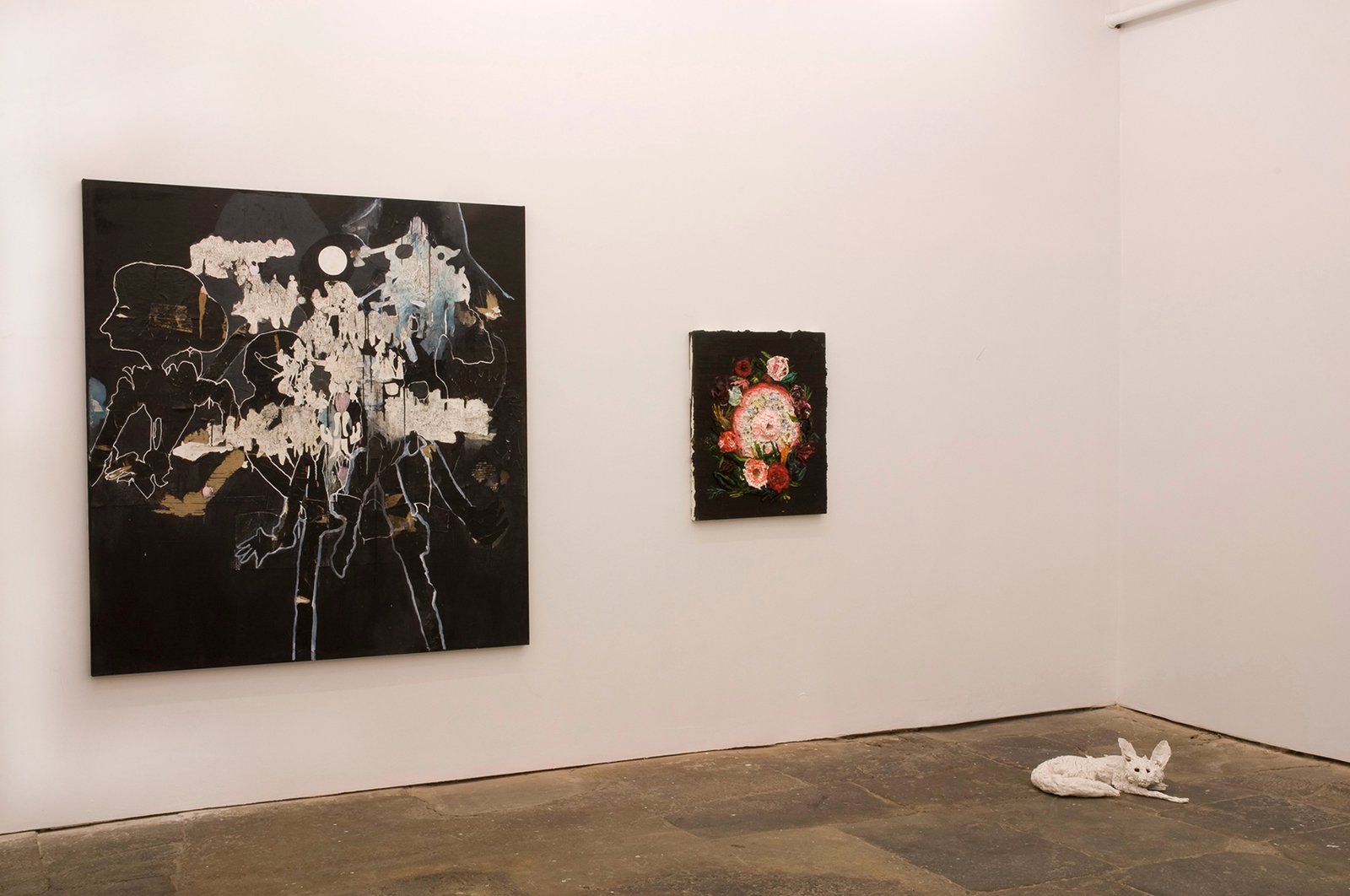
Installation view, Homunculi, Canada, New York, 2010
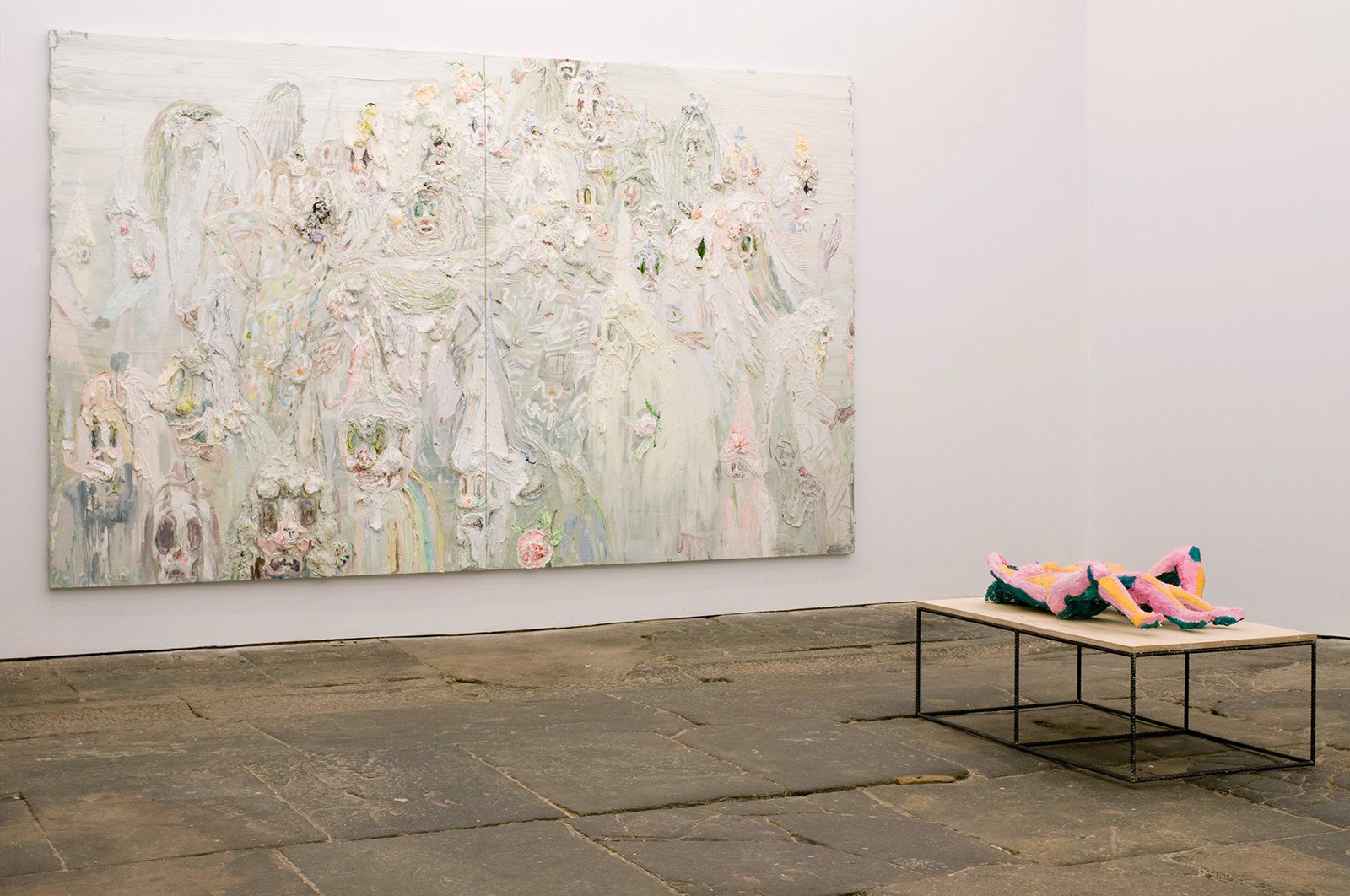
Artworks

Allison Schulnik,
White Fox,
2010,
7 ½ × 22 ½ × 13 ½ in (19.05 × 57.15 × 34.29 cm)
Glazed porcelain
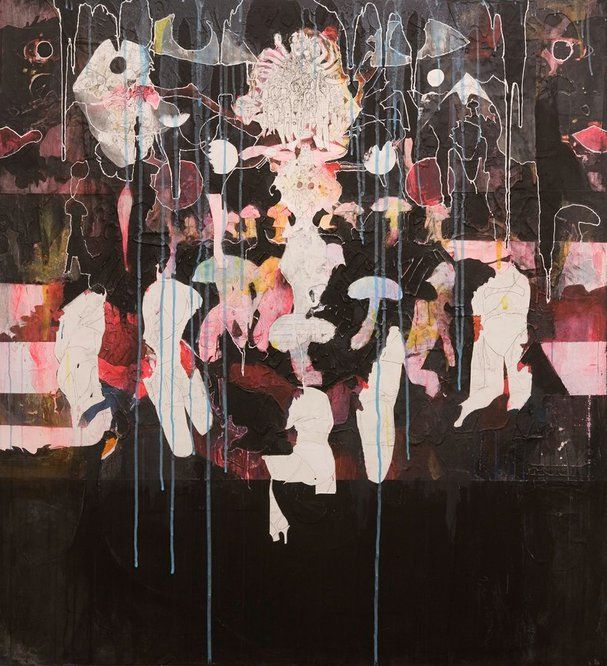
Matt Greene,
Mountain Spirit,
2010,
70 × 64 in (177.8 × 162.56 cm)
Ink and acrylic on paper on canvas
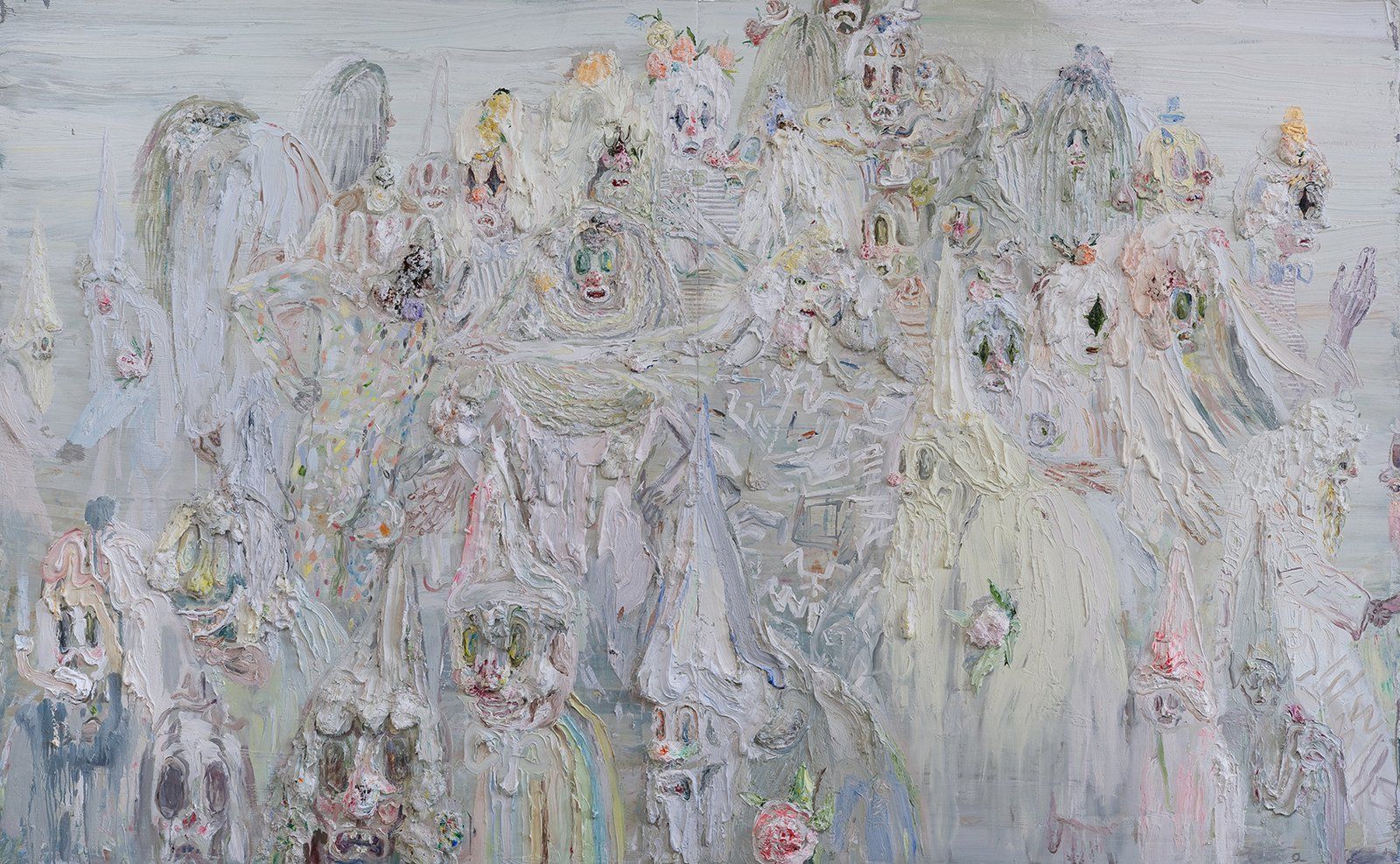
Allison Schulnik,
Funeral Party 2,
2010,
84 × 136 in (213.36 × 345.44 cm)
Oil on linen, two panels
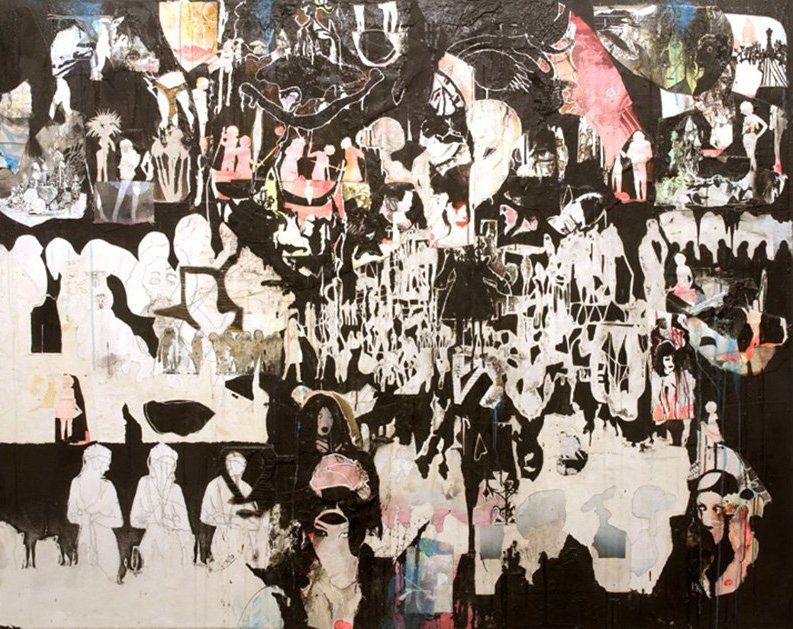
Matt Greene,
The Afterlife,
2010,
66 × 84 in (167.64 × 213.36 cm)
Ink and acrylic on paper on canvas
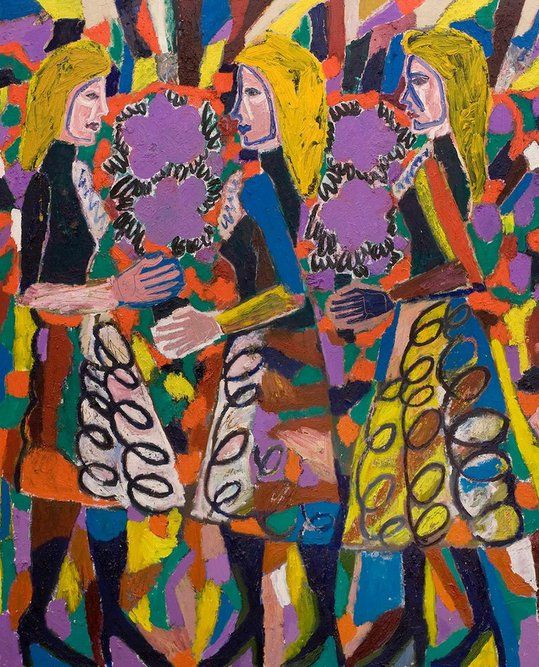
Ruby Neri,
Three Women with Flowers,
2010,
72 × 60 in (182.88 × 152.4 cm)
Oil on canvas on panel
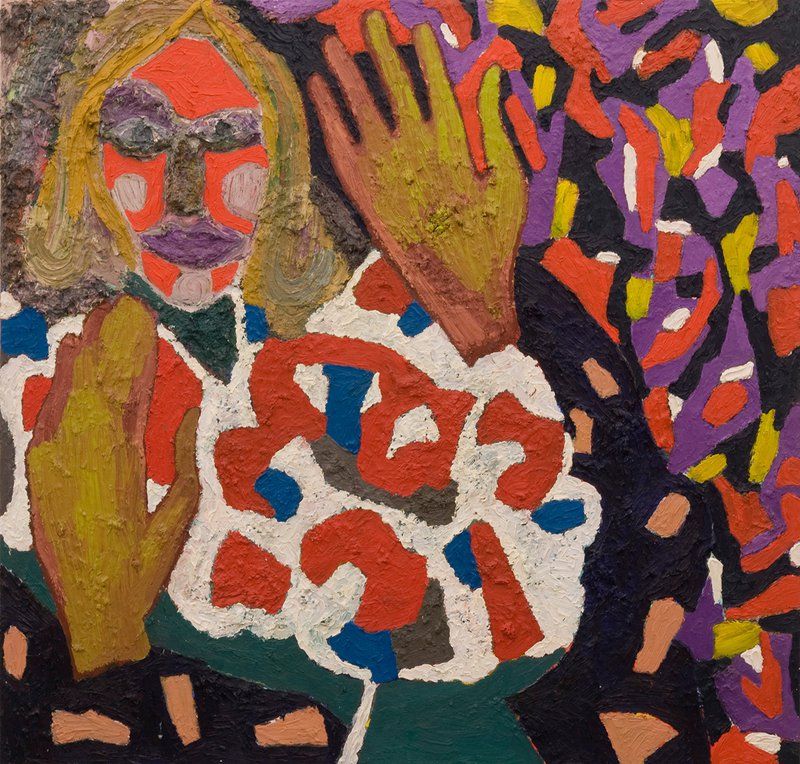
Ruby Neri,
Untitled (Woman with Flowers),
2010,
48 × 50 in (121.92 × 127 cm)
Oil on canvas on panel
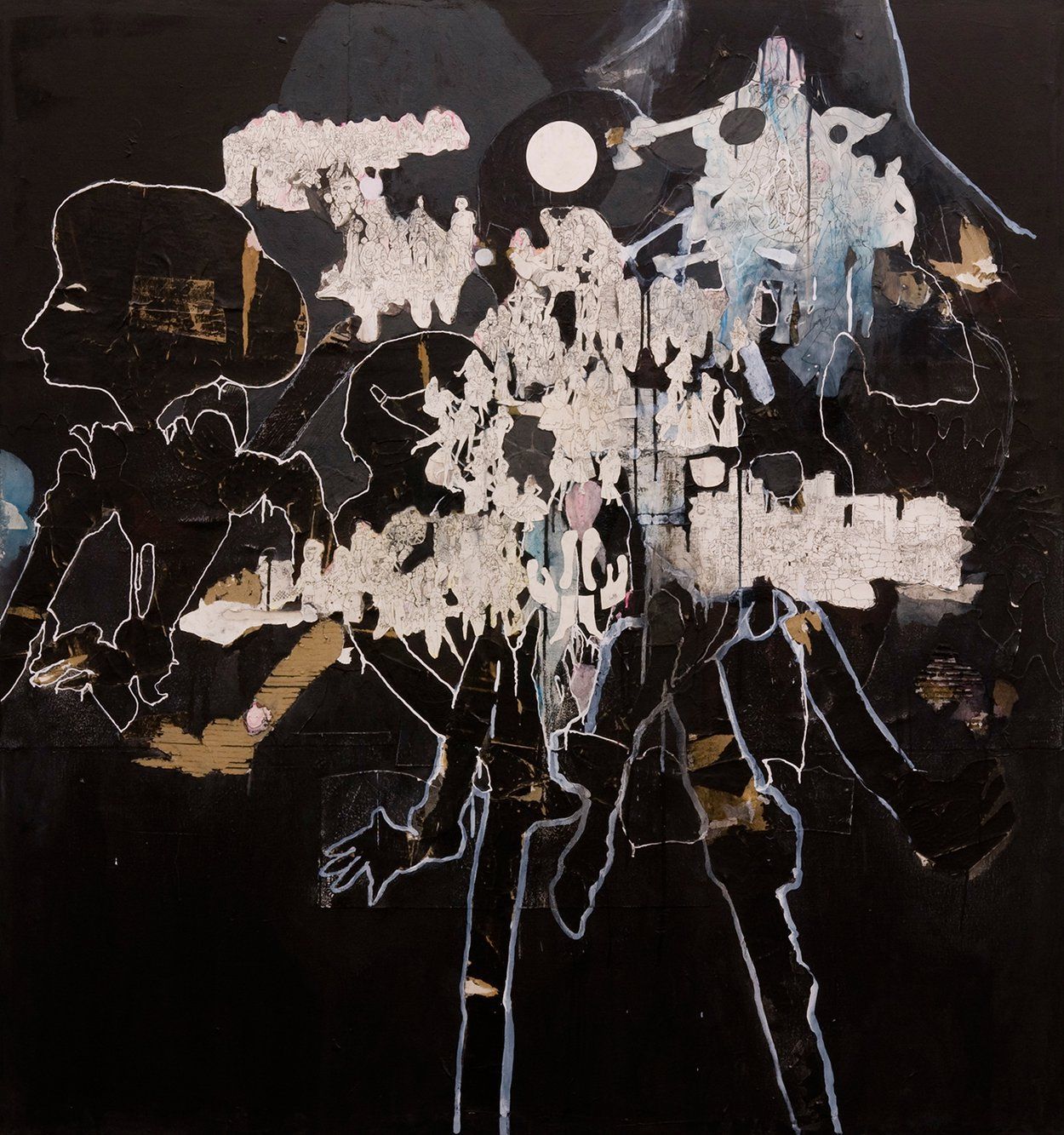
Matt Greene,
Shadow Puppet,
2010,
66 × 62 in (167.64 × 157.48 cm)
Ink and acrylic on paper on canvas
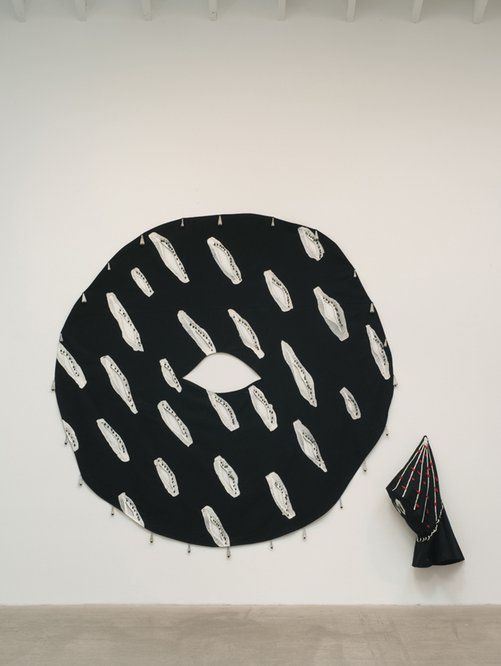
Matthew Ronay,
Cloak of Tears,
2009,
85 × 95 × 8 in (215.9 × 241.3 × 20.32 cm)
Cotton, nylon waxed chord, paint, plastic, pine, walnut
Press Release
While Charles sat there in a thoughtless, vegetative stupor, completely surrendered to circulation, respiration, and the deep pulsation of his natural juices, there formed inside his perspiring body an unknown, unformulated future, like a terrible growth, pushing forth in an unknown direction.
—Bruno Schulz, Mr. Charles.
If monsters are metaphors, then we now think of the little man that Paracelsus brewed by beaker as a pocket of thought deep in the recesses of the scientist’s unconsciousness. In alchemical magic, homunculi were diminutive men under twelve-inches tall who, like goat kids who pop out as walking, whinnying critters, were birthed fully-formed through the mystical transformation of sperm. Their embryonic recipe consisted bones, sperm, skin chunks and animal hair steeped for a month in horse manure. In slightly more modern science, homunculi represent the conscious parts of our brains. But as one website essay reiterates, “homuncular arguments fall into an infinite regress, with the consciousness of each homunculus explained by ever smaller homunculini, nested like Russian dolls…” At the very root of creativity is the desire to tame, harness, and generate art made of this miniature circus material, parading through our minds like a migrant herd of wildebeests.
The artists in this show make figurative work that feels like primordial, barely changed representation of their inner-homunculi. But actually, it is their artwork itself that is a labored, half alive thing with its own life. Their art is the homunculus. Their blobby, witchy monsters are sprung forth onto canvases like the homunculus concocted to chat with Mephisto by Faust’s assistant, Wagner. Like golems, some are even sculpted out of clay. Their figures pile up, fornicate, dance, rest in awkwardly yogic poses, and generally exude respect for charmed, ancient ritual. While these works are not made on diminutive scales, each artist here makes large works that incorporate miniscule elements to express a fascination with microscopic aspects of hybrid human forms.
Allison Schulnik’s chunked out paint application compliments her studies of hoboes, clowns, gnomes, and other tricksters. As a Claymation animator, too, she gets deep into golem territory, to create an overall body of work that pays homage to James Ensor but is more playful than plagued.
Matt Greene makes drawings and paintings reveling in his own female fantasies that transform sexuality into a magical symbolism. His works become talismanic portrayals of beings that, like Hindu gods and goddesses, incorporate myriad aspects of self into unified, all-powerful forms that fuse gender, species, and archetypal character into his own sexpot ideal.
Ruby Neri could have fallen off a wagon pulled by Der Blaue Rieter group. Her visionary paintings are reconstitutions out of Bay Area funk and early twentieth century Fauvism. There is a brute physicality in her work; these are figure paintings with the bones left in. Unnatural color and form stains us with the spirit world, they are paintings to die for.
Matthew Ronay’s sculptures, videos, and installations commingle tribal, indigenous, and modern formalist aesthetics to invent new mysticisms and Jungian-inspired things. Whether fictionalized or real, his objects and images seem borne from an infinite well of psychological chaos. Enduring extreme costuming and physical trials, Ronay has recently begun using himself in his sculptures to return to the ritualistic purposes inherent to sacred art. In this, he is the ultimate homunculus manikin.